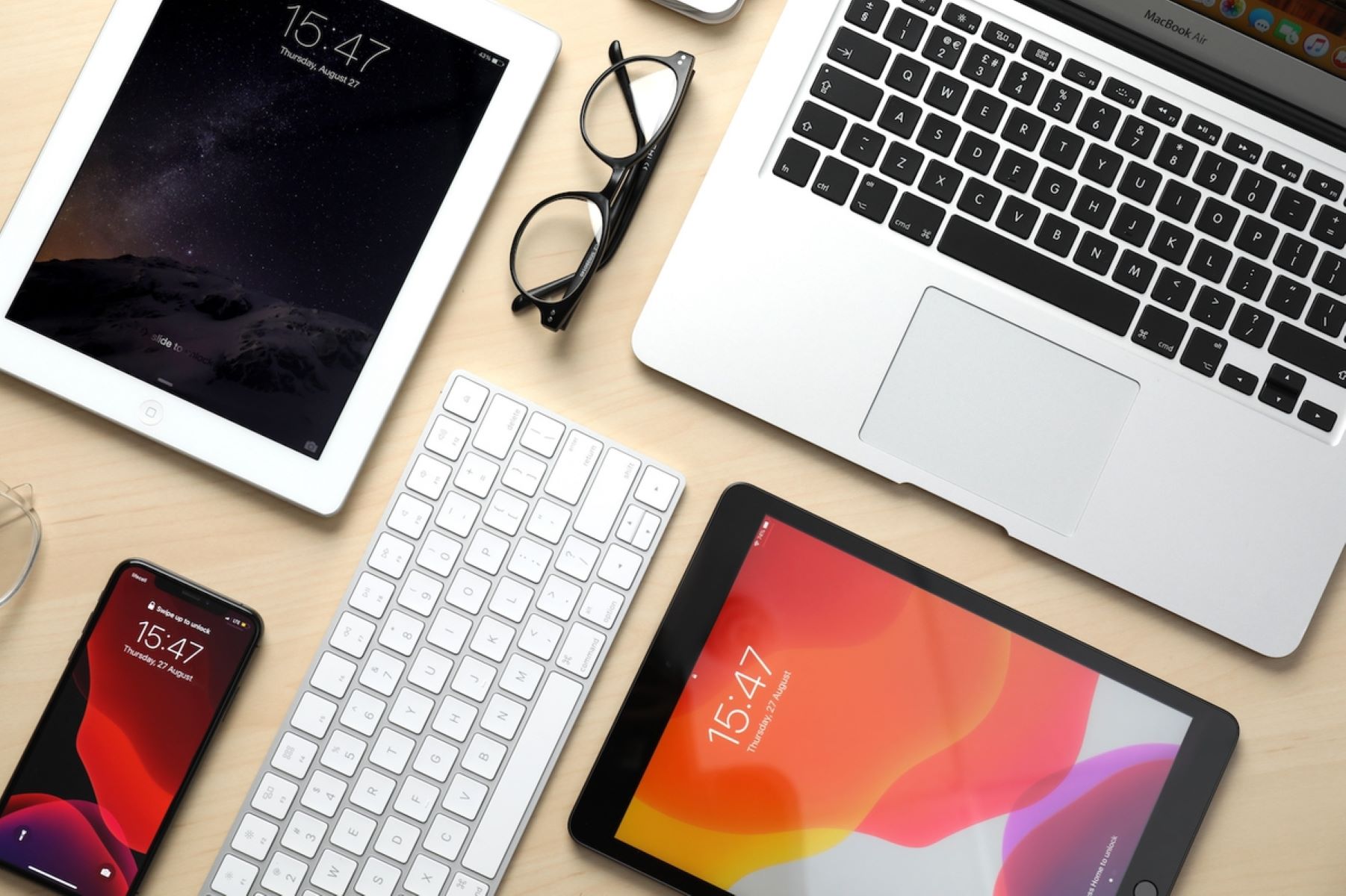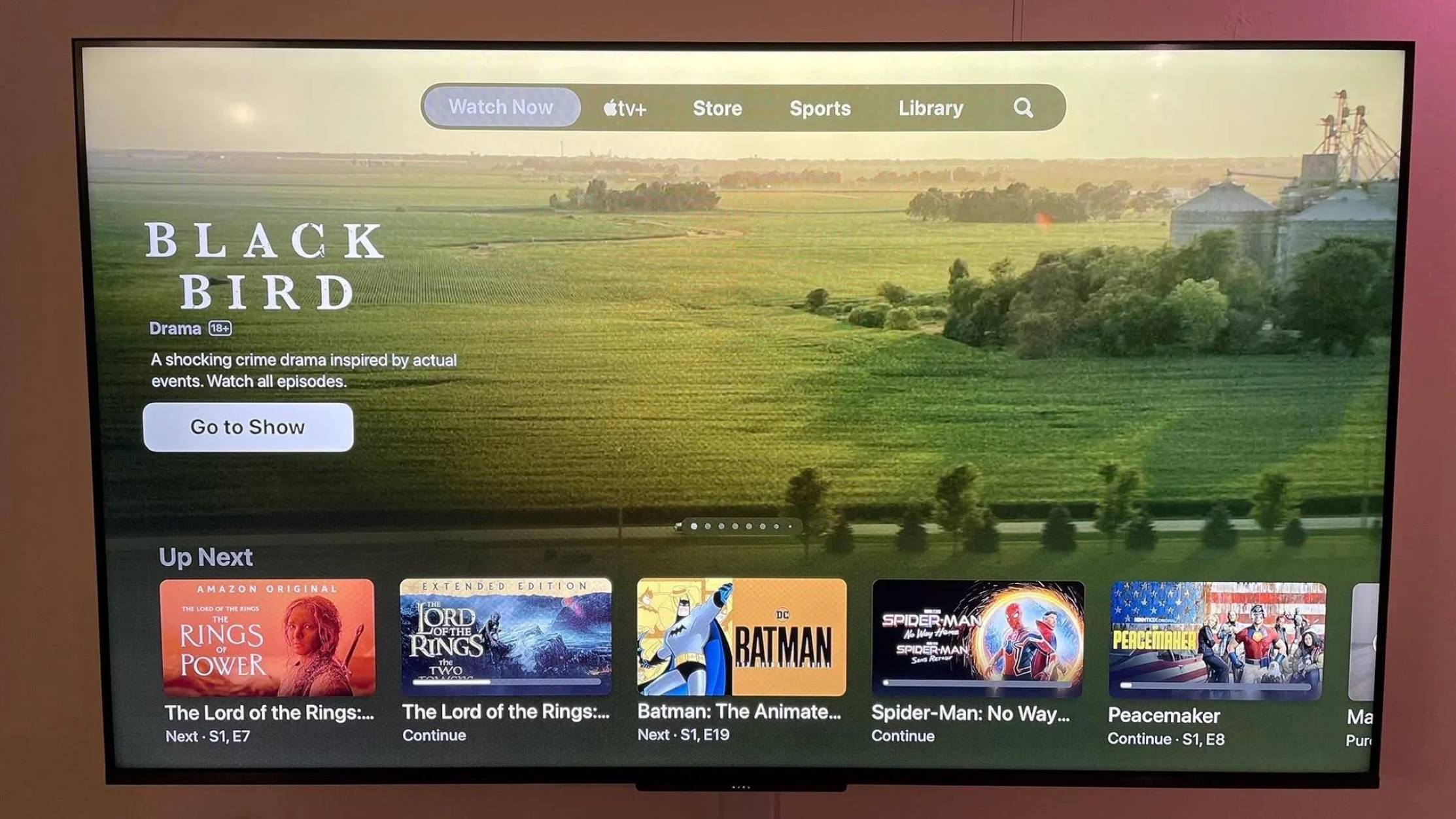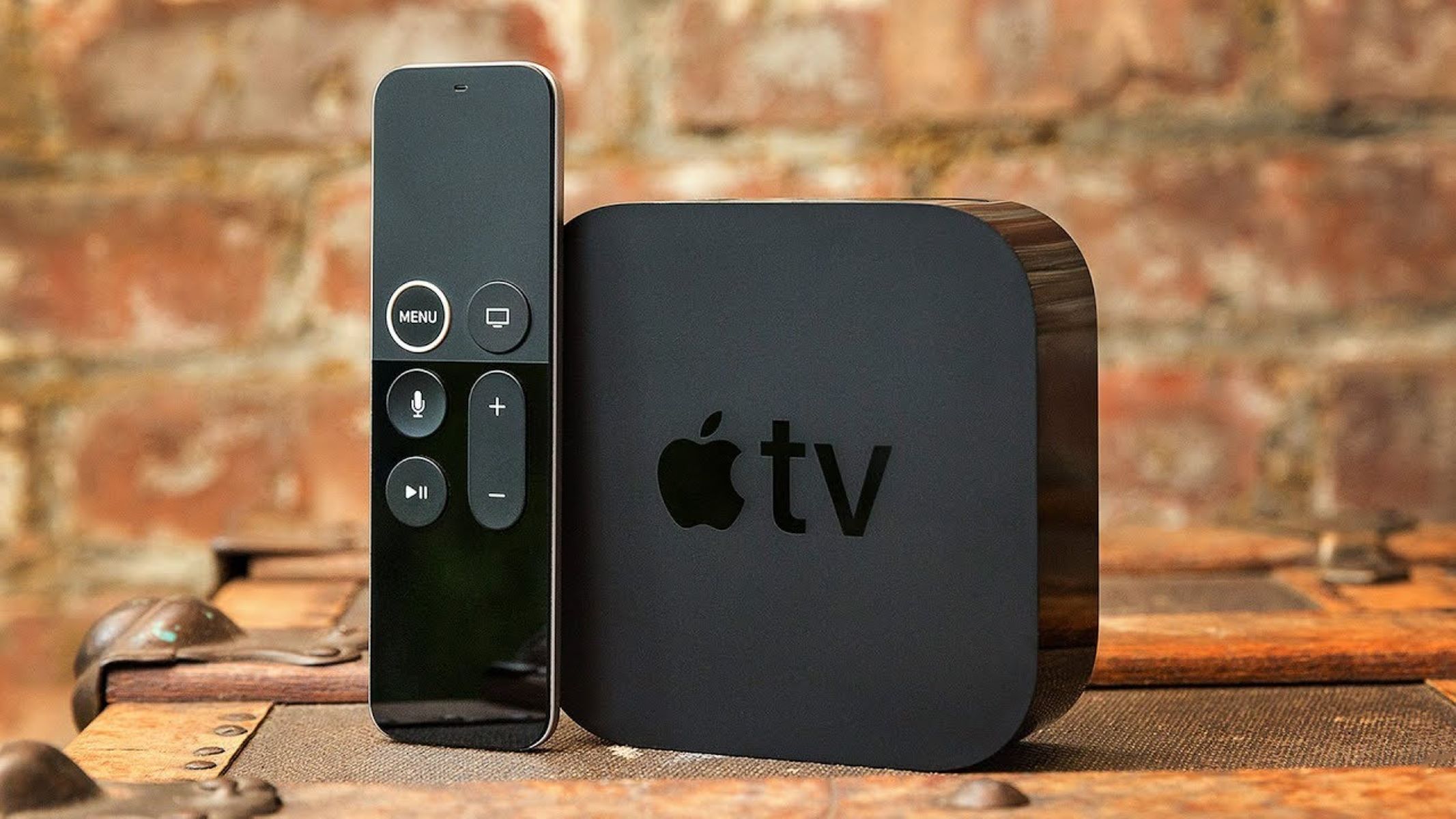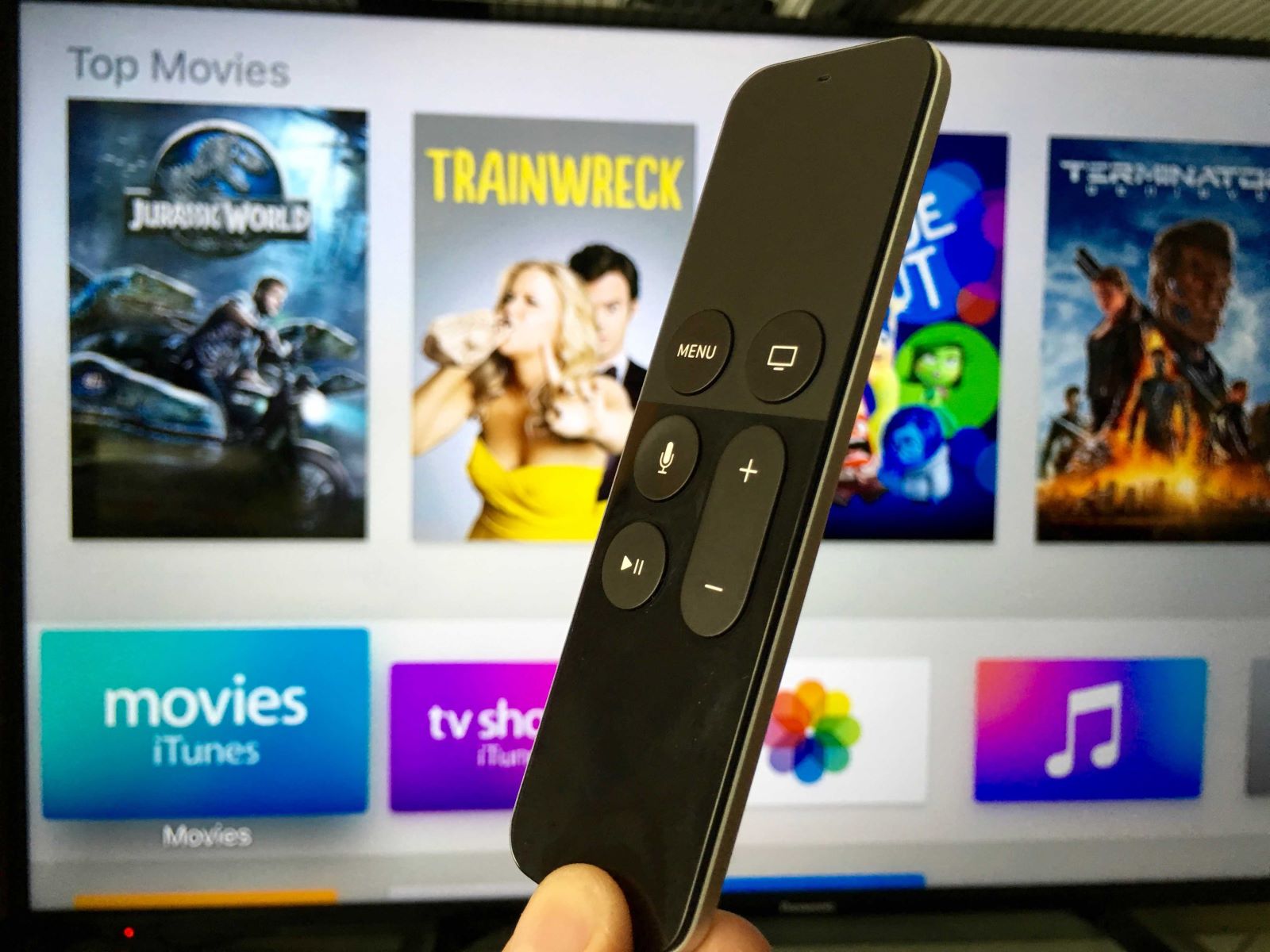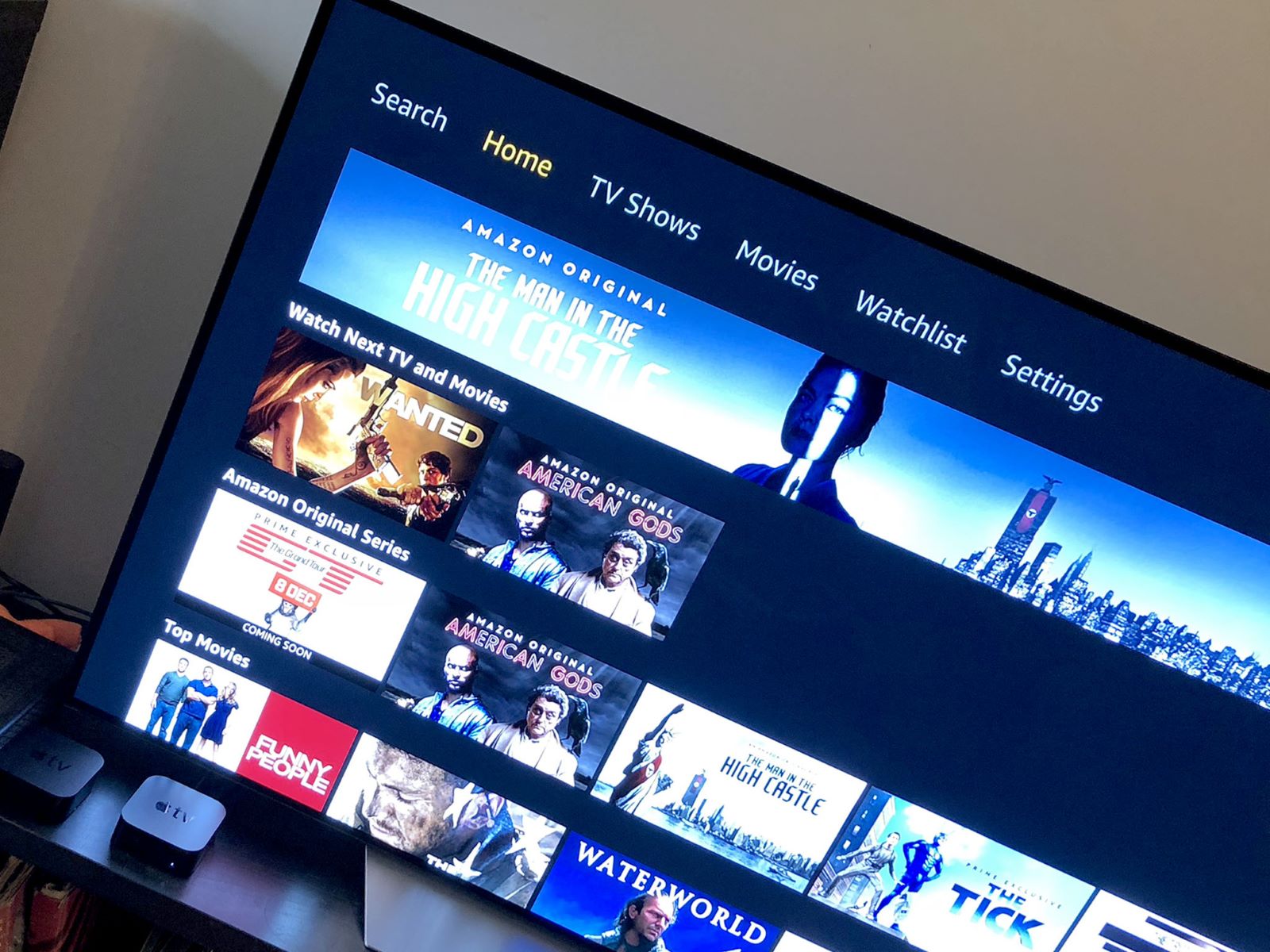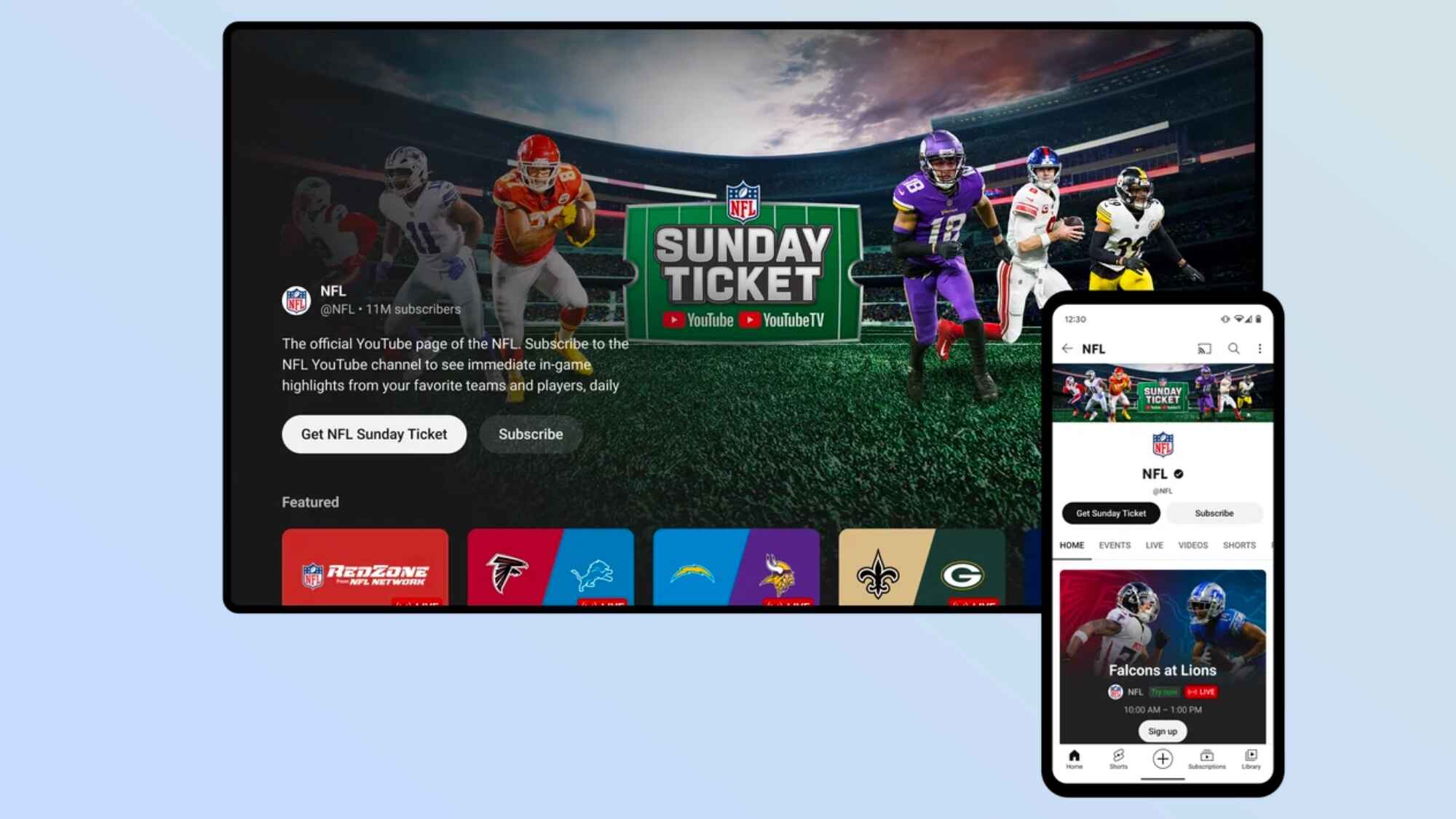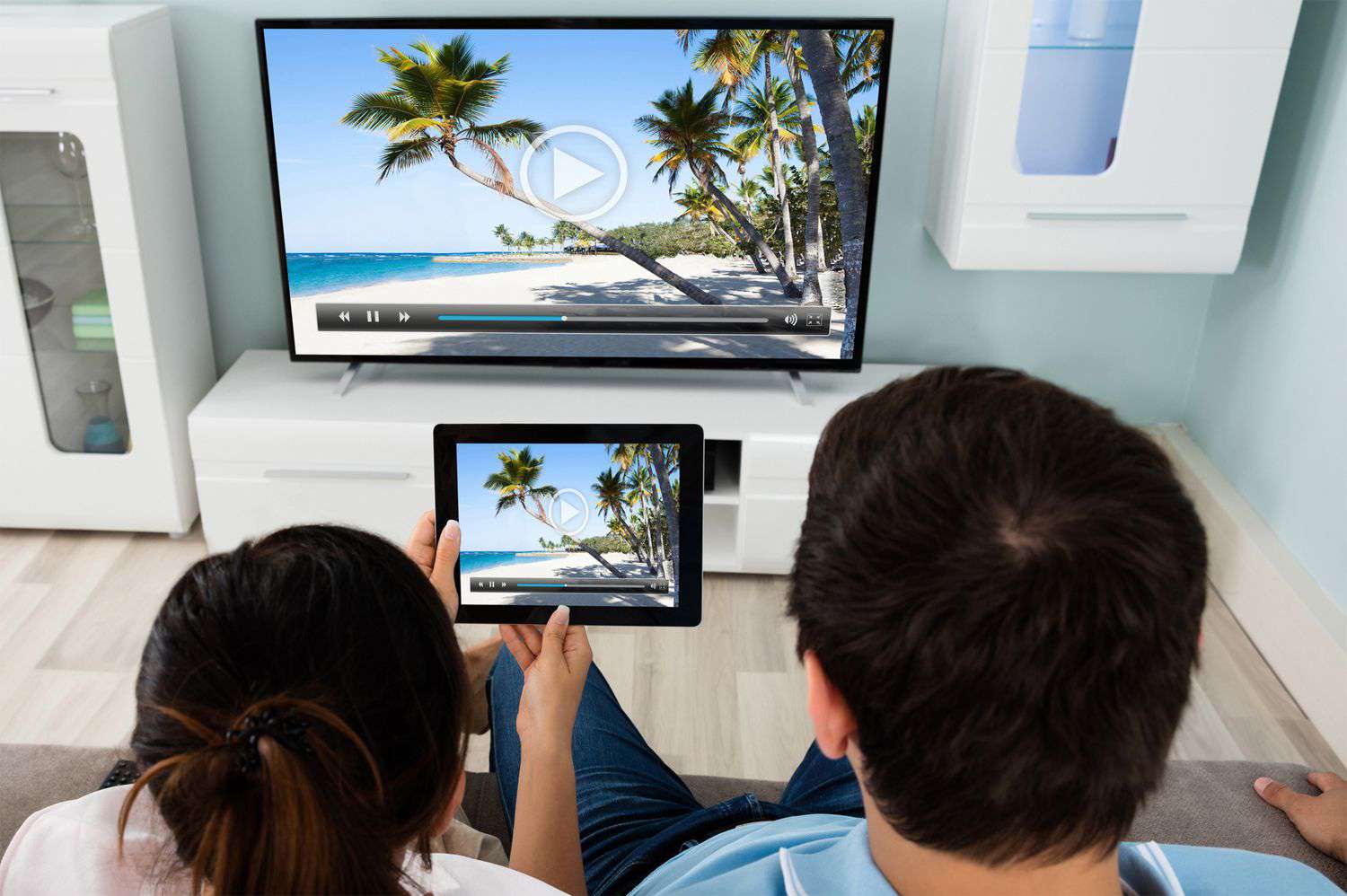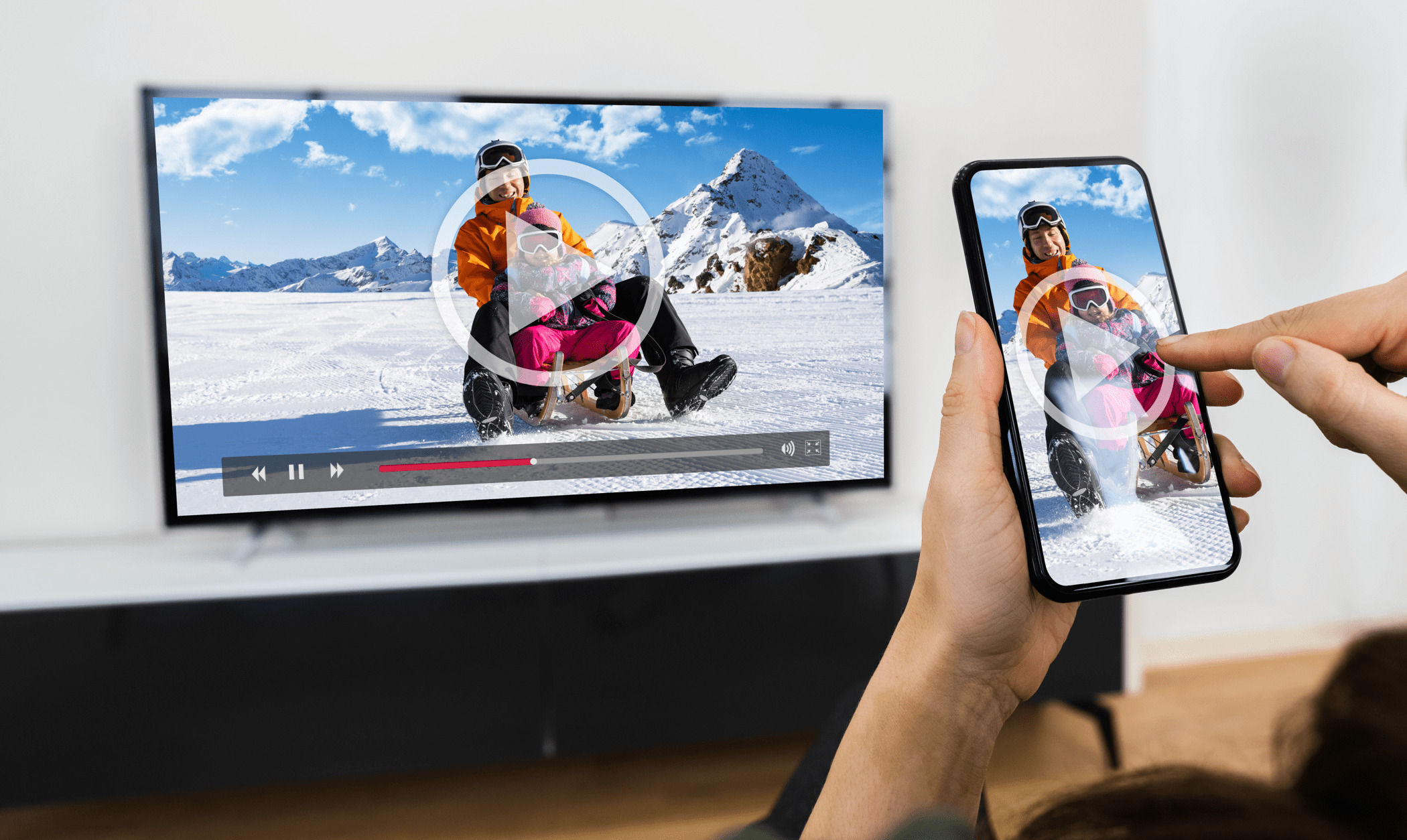Introduction
Welcome to this article on Apple TV and its connected devices. With the rise of streaming services and smart home technology, Apple TV has become a popular choice for entertainment enthusiasts. Apple TV is a digital media player that allows users to stream video, music, and other multimedia content to their television screens. It offers a wide range of features and functionalities, making it a versatile and user-friendly device.
In this article, we will explore how many devices can be connected to Apple TV, the limitations and considerations you should be aware of, and how to make the most out of your Apple TV experience. Whether you are a tech-savvy user or a newbie in the world of streaming devices, this information will help you better understand the capabilities of Apple TV and its compatibility with various devices.
Apple TV offers a seamless integration with other Apple devices, such as iPhones, iPads, and Macs. This integration allows users to easily stream their favorite content from their handheld devices directly to their TV screens. Additionally, Apple TV is compatible with various smart home devices, enabling users to control their home automation systems through a single interface.
So, if you are curious about how many devices can be connected to Apple TV, or if you’re contemplating on expanding your home entertainment setup, keep reading to find out more about the possibilities and considerations when it comes to Apple TV and its connected devices.
Apple TV and its Devices
Apple TV is a powerful streaming media player that offers a range of features to enhance your entertainment experience. It allows you to access popular streaming services, play games, and even control your smart home devices. But what devices can you connect to Apple TV to expand its capabilities further?
First and foremost, Apple TV itself is the central device that connects to your television via an HDMI cable. It acts as a hub for all your entertainment needs, providing access to streaming services like Netflix, Hulu, Disney+, and more. You can navigate through the intuitive interface using the included Siri Remote or even control your Apple TV using your iPhone or iPad.
Speaking of iPhones and iPads, these devices are closely integrated with Apple TV. Using AirPlay, you can easily stream content from your iOS devices to your Apple TV with just a few taps. This allows you to enjoy photos, videos, and even mirror your device’s screen on the big screen.
If you have a Mac computer, you can also connect it to Apple TV using AirPlay. This lets you extend or mirror your Mac’s display on your television, making it ideal for presentations or enjoying content on a larger screen. Additionally, you can use AirPlay to play your Mac’s audio through your Apple TV, creating a more immersive audio experience.
For gamers, Apple TV supports connecting game controllers such as the Apple Arcade Controller or third-party controllers. This turns your Apple TV into a gaming console, allowing you to play a wide range of games from the App Store. You can also play multiplayer games with friends and family using multiple controllers connected to the Apple TV.
Furthermore, if you have a HomeKit-enabled smart home, Apple TV can serve as a hub to control your devices. By connecting your compatible smart home devices to Apple TV, you can use the Siri Remote or the Home app on your iPhone to adjust lights, thermostats, security systems, and more, all from the comfort of your couch.
These are just a few examples of the devices that can be connected to Apple TV. The versatility of Apple TV and its compatibility with various Apple devices and smart home technology make it a flexible and powerful device to enhance your entertainment and home automation experiences.
How Many Devices Can Be Connected to Apple TV?
Apple TV offers the ability to connect multiple devices, providing a seamless and integrated entertainment experience. While there is no specific limit on the number of devices that can be connected, there are a few factors to consider.
One primary consideration is the network bandwidth and capacity. Since Apple TV relies on your home Wi-Fi network for streaming content, the number of devices connected to the same network can impact the streaming quality. If you have a large number of devices actively using the network at the same time, it may lead to buffering or slower streaming speeds. Therefore, it’s important to ensure that your network can handle the bandwidth requirements of all connected devices.
Another factor to consider is the HDMI ports available on your television. Apple TV connects to your TV using an HDMI cable. Most modern TVs come with multiple HDMI ports, allowing you to connect other devices such as gaming consoles, Blu-ray players, or cable boxes. It’s important to check the available HDMI ports on your TV and consider how many devices you want to connect to ensure you have enough ports for each device.
In addition to these factors, it’s worth noting that some devices may require additional accessories or configurations to connect to Apple TV. For example, connecting a Mac computer would require AirPlay functionality, while gaming controllers may need to be paired with Apple TV via Bluetooth. Ensure that your devices are compatible and properly configured to connect seamlessly with Apple TV.
While there is no definitive limit on the number of devices that can be connected to Apple TV, it’s essential to find the right balance between the number of devices and the network capacity to ensure smooth streaming and optimal performance. Consider your specific needs and available resources when determining how many devices you want to connect to Apple TV.
To summarize, Apple TV allows for multiple devices to be connected, but the actual number will depend on factors such as network capacity and available HDMI ports on your TV. As long as you can maintain a stable network connection and have enough ports for all your devices, you can enjoy a wide range of entertainment and smart home capabilities with Apple TV.
Limitations and Considerations
While Apple TV offers versatility and connectivity options, it’s important to be aware of certain limitations and considerations when connecting multiple devices. Here are some factors to keep in mind:
Network Bandwidth: As mentioned earlier, the number of devices connected to your home Wi-Fi network can impact the streaming quality on Apple TV. If you experience buffering or slow streaming, it may be an indication that your network bandwidth is being stretched thin. Consider upgrading your internet plan or optimizing your network settings to accommodate multiple devices.
HDMI Ports: Most televisions come with a limited number of HDMI ports. Ensure that you have enough ports to connect all the desired devices. If you run out of HDMI ports, you can use an HDMI splitter or switch to expand the connectivity options. However, keep in mind that using such devices may introduce additional complexity into your setup.
Remote Control Management: With multiple devices connected to Apple TV, managing the remote control(s) can become a challenge. Apple TV supports the use of multiple remotes, including the Siri Remote and third-party controllers. However, it is crucial to ensure that each remote is properly paired and configured to control the intended device. Take the time to set up and organize your remotes to avoid confusion and simplify the user experience.
Compatibility and Integration: Not all devices may seamlessly integrate with Apple TV. While Apple emphasizes compatibility, it’s important to check for any specific requirements or limitations for each device. For example, some older Mac models may not support AirPlay, or certain gaming controllers may not be fully functional with Apple TV. Research and verify the compatibility of your devices to avoid any potential issues.
Input Lag: When using gaming controllers with Apple TV, it’s essential to consider the possibility of input lag. The responsiveness of your gaming experience can be affected by the wireless connection between the controller and Apple TV. This is particularly important for competitive gaming scenarios where precise timing is crucial. Opting for controllers with lower latency or wired connections can help minimize input lag.
Power Consumption: Connecting multiple devices to Apple TV may increase power consumption. Keep an eye on the total energy usage of your setup, especially if you have multiple streaming devices, gaming consoles, or other power-hungry peripherals connected. Consider using power-saving features and turning off devices when not in use to minimize energy consumption.
By considering these factors, you can maximize the functionality and efficiency of your Apple TV setup while avoiding potential issues and limitations. Balance the number of connected devices with network capacity, HDMI availability, and overall compatibility to create a seamless and enjoyable entertainment experience.
Conclusion
In conclusion, Apple TV offers a wide range of possibilities when it comes to connecting multiple devices and enhancing your entertainment experience. By connecting devices such as iPhones, iPads, Macs, gaming controllers, and smart home devices, you can create a seamless ecosystem that allows for streaming, gaming, and home automation.
It’s important to consider factors like network bandwidth, available HDMI ports, remote control management, compatibility, input lag, and power consumption when connecting multiple devices to Apple TV. These considerations will help you optimize your setup and ensure a smooth and enjoyable user experience.
While there is no specific limit on the number of devices that can be connected to Apple TV, the overall performance and functionality will depend on your network capacity and available resources. It’s crucial to strike a balance between the number of devices and the capacity of your network to ensure smooth streaming and optimal performance.
Apple TV serves as a versatile hub, allowing you to stream content, play games, and control your smart home devices, all from one centralized location. Whether you are a tech enthusiast looking to create a smart home setup or a casual user interested in streaming your favorite shows and movies, Apple TV offers a user-friendly and integrated solution.
By taking into consideration the limitations and considerations outlined in this article, you can make informed decisions about how many devices to connect to your Apple TV and how to maximize its capabilities.
So, go ahead and explore the possibilities that Apple TV offers. Connect your devices, immerse yourself in high-quality entertainment, and enjoy the convenience and versatility that Apple TV brings to your home.







